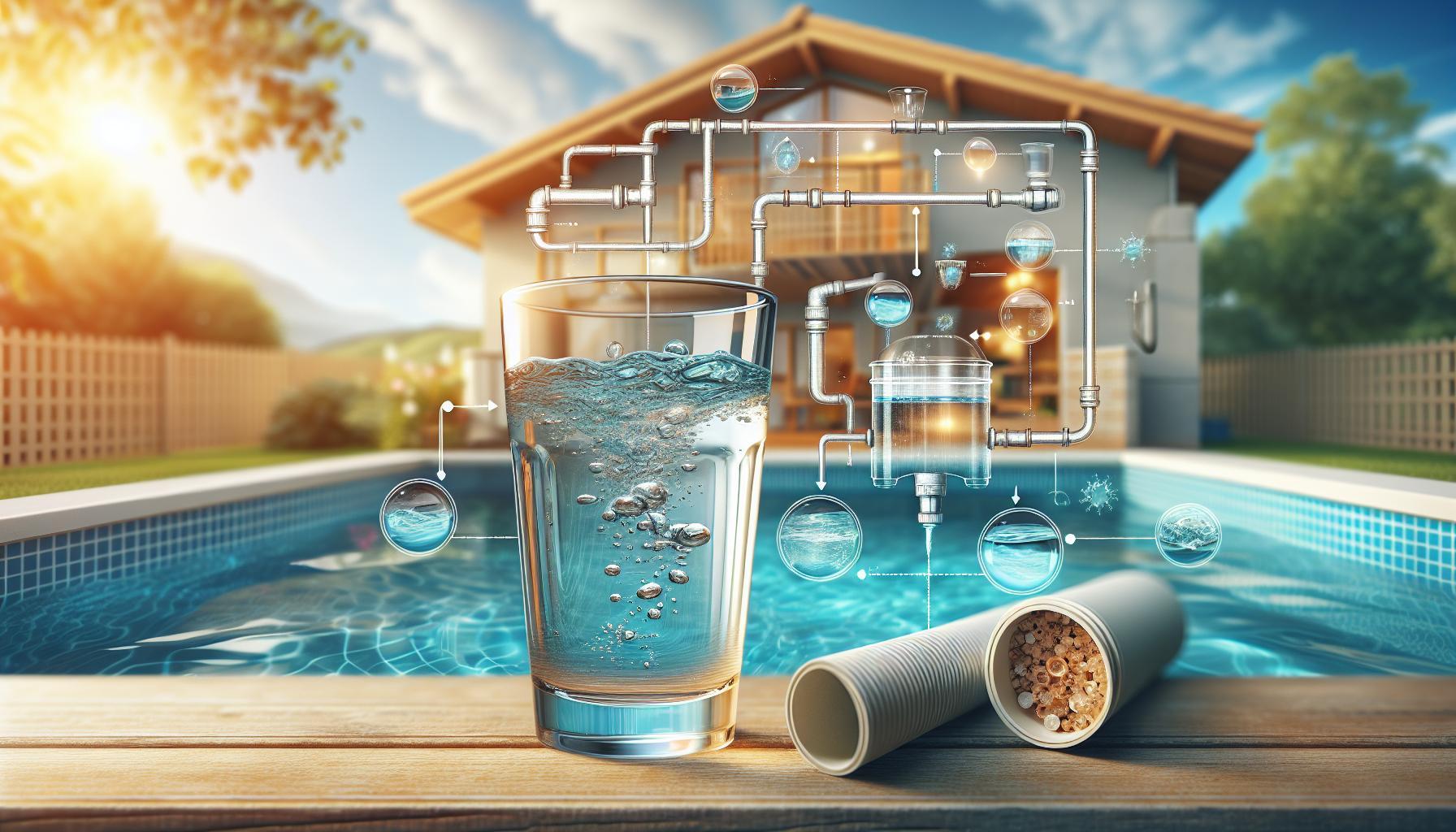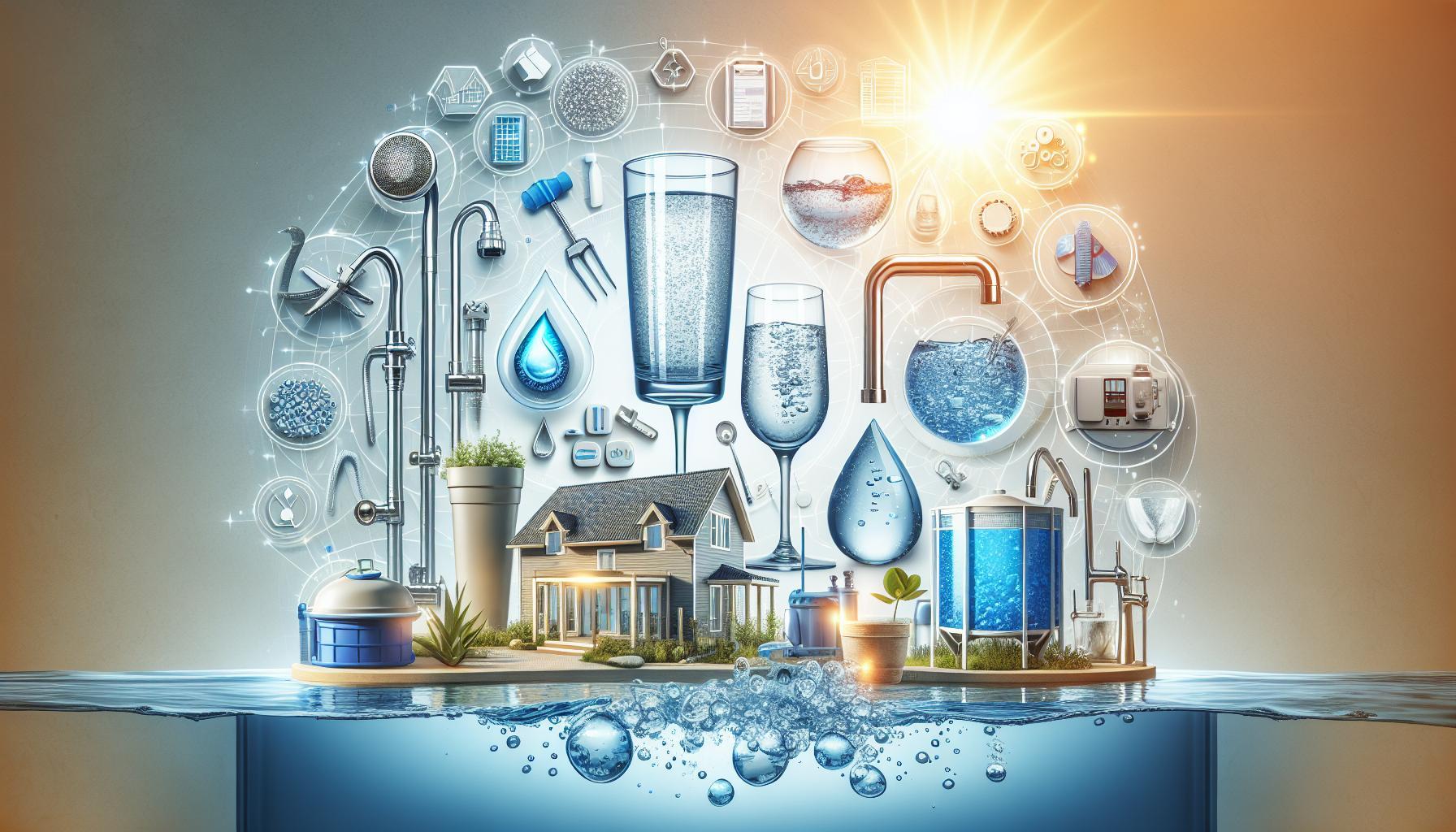Does the simple act of flushing your toilet impact your monthly expenses? Understanding the financial implications of this everyday necessity can help you manage your budget better. With water bills on the rise, it’s crucial to explore how toilet usage affects your overall water consumption and costs. Discover the real effects on your wallet and ways to save.
Understanding Your Water Bill: What Factors Influence Costs?
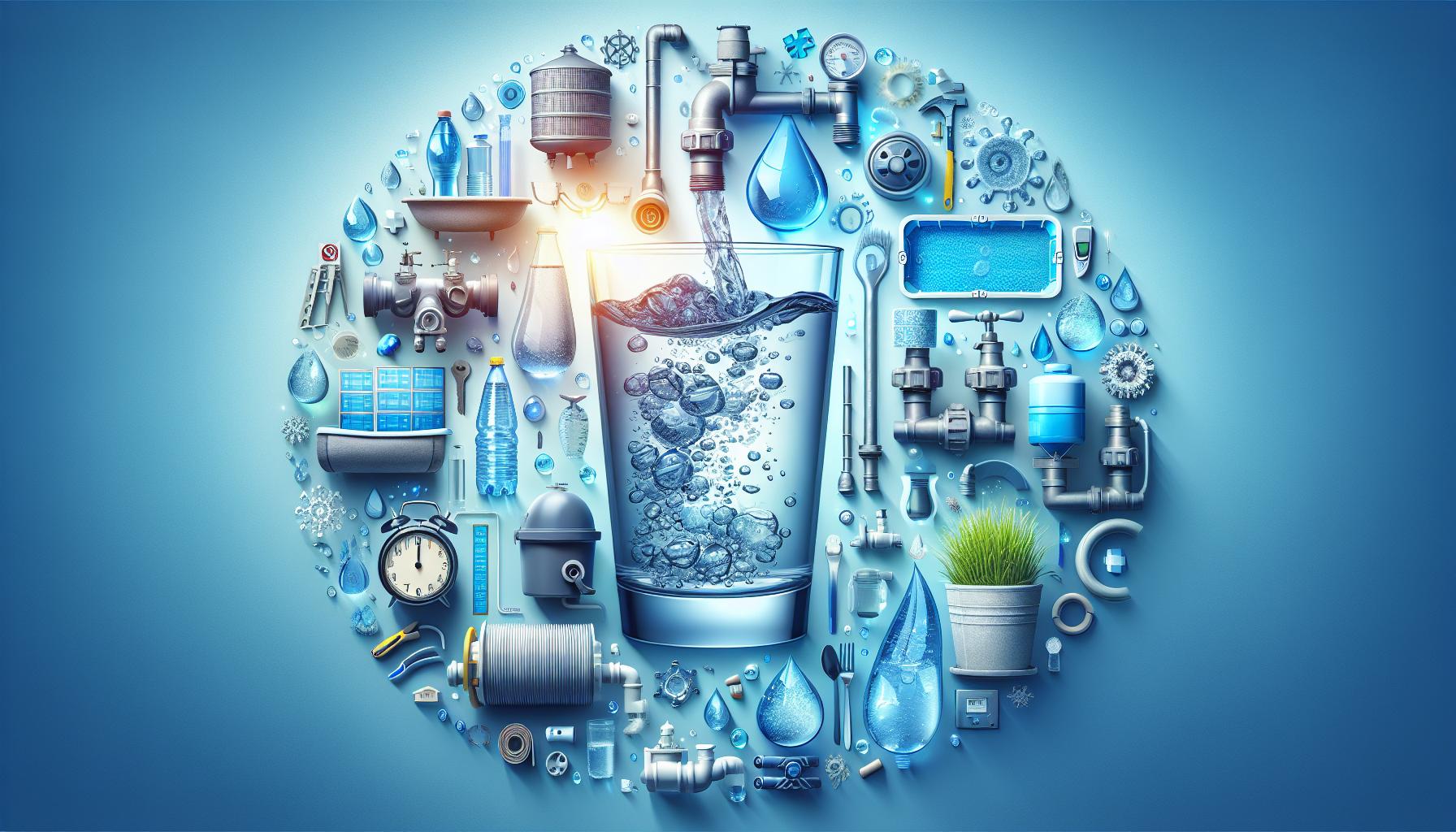
Understanding your water bill can seem daunting, especially when you consider how many daily activities contribute to the total. For residential customers, practically every drop counts—and the impact on your wallet can be significant. Many people wonder about the real implications of certain habits, such as flushing the toilet. Is it only a trivial consideration, or can it actually affect your budget more than you realize?
Several key factors influence the total amount you see on your water bill. These include your home’s water rate, the pricing structure applied by your utility company, and your actual water usage.
Key Factors Contributing to Your Water Costs
- Water Rate: This is the amount you pay per unit of water (usually measured in gallons or cubic feet). Rates can vary by region and are often determined by local government policies.
- Usage Tiers: Many utilities implement tiered pricing models, where the rate per unit increases as you use more water. This means conserving water can lead to significant savings, especially if your usage is typically high.
- Fixed Charges: Regardless of how much water you consume, many water bills include fixed charges for maintenance and infrastructure, which can impact your monthly costs.
- Seasonal Variations: Some regions experience higher rates during peak seasons when water demand surges. Understanding these seasonal fluctuations can help you plan better.
For example, if you have a high-efficiency toilet that uses less water per flush, you can reduce your overall consumption, thus lowering your bill. On the other hand, outdated fixtures may contribute to a noticeably higher water bill, leading to the question: “Does flushing the toilet raise water bill?” The answer is nuanced; while each flush does use water and can incrementally raise your costs, the cumulative effect of leaks, inefficient appliances, and lawn watering can have a more significant financial impact.
Understanding Your Usage Patterns
To get a clearer picture of how your activities influence your water bill, consider tracking your daily water usage. Create a simple table to log your household habits:
| Activity | Average Water Consumption (Gallons) |
|---|---|
| Toilet Flush | 1.6-7 gallons depending on the model |
| Shower (10 minutes) | 20 gallons |
| Dishwasher Load | 6-10 gallons |
| Washing Machine Load | 15-30 gallons |
By understanding the water consumption associated with each activity, you can make informed decisions to modify your habits. Small changes, such as limiting shower times or ensuring appliances are efficient, can collectively make a notable difference in your water bill, providing not just financial benefits but also fostering a more sustainable lifestyle.
The Hidden Costs of Toilet Usage: How Much Water Does Flushing Use?

The average household flushes the toilet anywhere from 5 to 20 times a day, a seemingly trivial action that can accumulate significant costs over time. A standard toilet uses about 1.6 gallons of water per flush, translating to approximately 32 gallons a week for a family of four. But what many may not consider is the intricate relationship between flushing habits and overall water bills. Understanding the hidden costs of toilet usage is essential for budget-conscious homeowners who want to manage their expenses effectively.
Water Consumption Breakdown
To truly grasp how flushing impacts your bill, it’s essential to break down the total water consumption attributed to toilet usage. Here is a simple overview of how regular flushing can stack up:
| Flushes Per Day | Gallons Used Per Flush | Total Gallons Per Week | Total Gallons Per Month |
|---|---|---|---|
| 5 | 1.6 | 56 | 240 |
| 10 | 1.6 | 112 | 480 |
| 15 | 1.6 | 168 | 720 |
| 20 | 1.6 | 224 | 960 |
As illustrated, a family that flushes 10 times a day will use an astounding 480 gallons in a month just from toilet usage. This statistic underscores the need to examine daily habits more closely and consider alternatives that could lead to significant savings on your water bill.
Strategies for Reducing Toilet Water Use
To mitigate the impact of toilet flushing on your water bill, consider implementing the following actionable strategies:
- Install Low-Flow Toilets: Replacing older toilets with low-flow models can reduce the gallons per flush from 1.6 to 1.28 without sacrificing performance.
- Practice the ‘If It’s Yellow…’ Principle: Encourage family members to only flush for solid waste to conserve water.
- Check for Leaks: Regularly inspect for toilet leaks, which can waste hundreds of gallons a day and inflate water bills unnecessarily.
- Use Flush Alternatives: Place a filled water bottle in the tank to reduce the amount of water used per flush, or consider dual-flush systems that allow users to choose a lower volume flush for liquid waste.
By taking these steps, not only can you decrease your water usage and carbon footprint, but you can also address the question of whether flushing the toilet really raises your water bill. These simple adjustments can lead to impactful savings and a more sustainable household, fostering a mindful approach to how we utilize one of our most vital resources.
Analyzing the Average Household Water Consumption: Where Does Toilet Use Fit In?
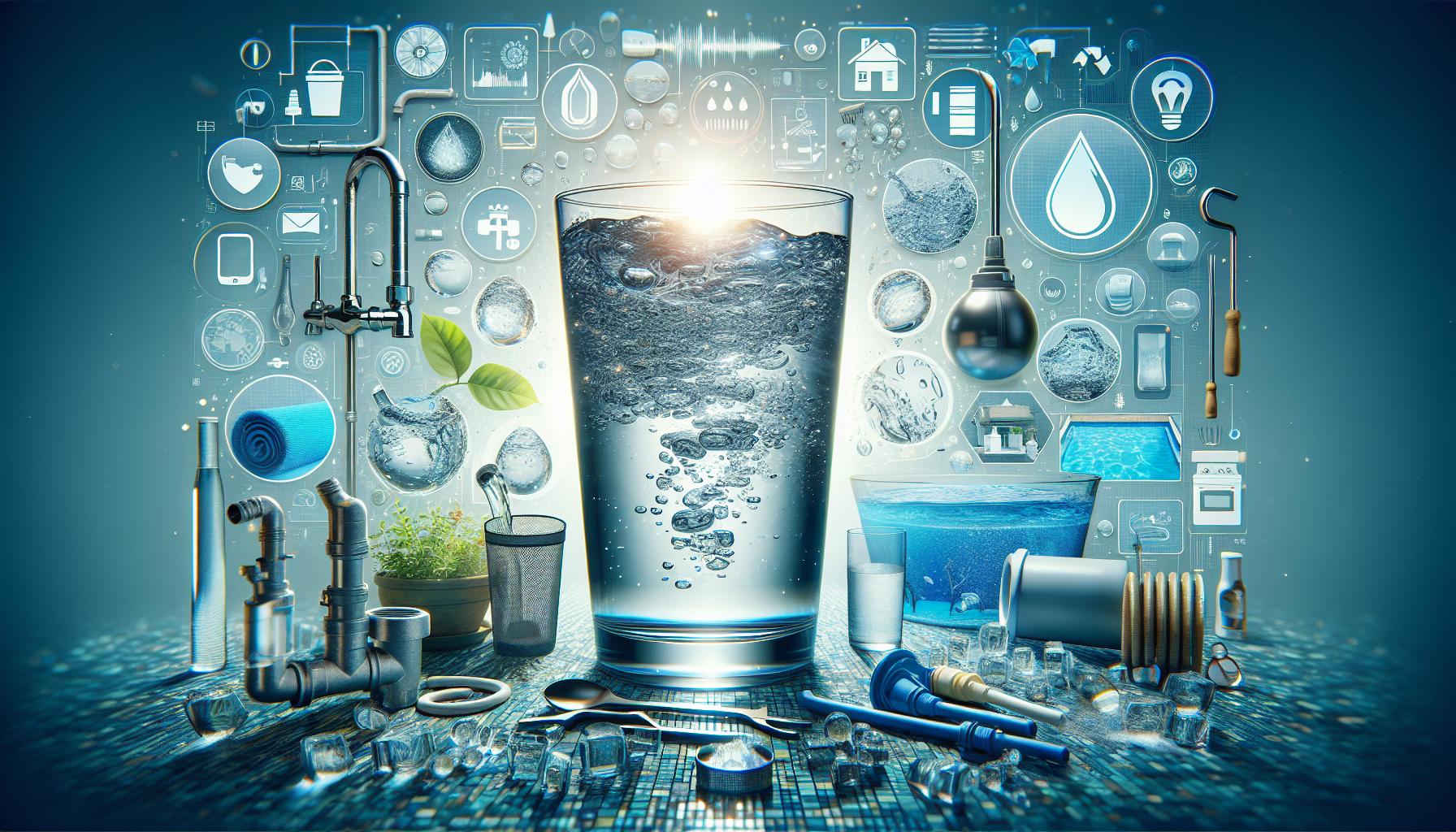
On average, each American uses about 82 gallons of water daily at home, with toilets accounting for a significant portion of that consumption—approximately 24% of total household water use. This highlights an essential aspect for homeowners concerned about the impact of their water usage on monthly bills. Understanding how toilet use fits into the broader context of household consumption is vital, especially when asking whether flushing the toilet raises the water bill significantly.
Understanding Toilet Water Use
Toilets are among the most substantial water consumers in the household, primarily due to the volume of water used per flush. Traditional toilets typically use between 3.5 to 7 gallons per flush, while modern low-flow models can use as little as 1.6 gallons. This shift towards more efficient plumbing fixtures can greatly reduce overall water consumption and, consequently, water bills. Here are some key points to consider regarding toilet-related water usage:
- Frequency of Flushing: The average person flushes the toilet about 5 to 10 times a day, depending on the household size and habits.
- Type of Toilet: Upgrading to a high-efficiency toilet can save several thousand gallons of water annually.
- Leaky Toilets: A leaking toilet can waste up to 200 gallons of water per day. Regular maintenance is crucial to minimize this waste.
Realizing the Financial Impact
The financial impact of toilet usage can be significant. For instance, if a household of four uses a standard toilet that flushes 3.5 gallons per use, the annual water bill could be considerably higher compared to those using modern low-flow toilets. This consideration raises the question: does flushing the toilet raise the water bill? The answer is nuanced but suggests that reducing water usage, especially from toilets, can lead to noticeable savings.
| Toilet Type | Gallons per Flush | Flushing Frequency (Daily) | Annual Water Use (Gallons) |
|---|---|---|---|
| Traditional | 3.5 | 10 | 12,775 |
| Low-Flow | 1.6 | 10 | 5,840 |
By calculating these figures, it becomes evident that transitioning to water-efficient toilets can lead to significant savings in water bills. Additionally, implementing simple modifications, such as using a toilet tank bag to reduce the volume of water used per flush, can also contribute to reduced consumption without the need for a complete toilet replacement.
In conclusion, being mindful of how toilet use constitutes a substantial percentage of household water usage is crucial for budget-conscious homeowners. By making informed choices regarding water-efficient fixtures and maintenance practices, it is indeed possible to lower both water consumption and bills significantly. The question remains: how effectively can you leverage these insights to reduce your household’s water expenditure?
Water-Saving Toilets: A Practical Solution for Your Budget
Flushing the toilet is often one of those overlooked household practices that can significantly impact your monthly water bill. With average toilets using anywhere from 1.6 to 5 gallons per flush, frequent flushing can quickly accumulate costs, particularly in larger households. As water rates continue to rise, homeowners are increasingly seeking budget-friendly solutions, making water-saving toilets not just an eco-conscious choice but also a wise financial decision.
These innovative toilets are designed to minimize water usage without sacrificing performance. Many modern models utilize advanced technology such as dual-flush systems, which allow users to select a lower volume flush for liquid waste and a higher volume for solid waste. This functionality not only reduces the amount of water used per flush but also empowers homeowners to take control of their water consumption, leading to noticeable savings over time. Switching to a water-saving toilet can reduce your toilet’s water usage by up to 67%, which is substantial when considering the overall impact on your home’s water bill.
Benefits of Water-Saving Toilets
When considering whether to upgrade your toilet, keep in mind the various advantages that water-saving toilets bring. Here are some highlights:
- Cost Efficiency: Lower monthly water bills due to reduced water consumption.
- Environmentally Friendly: Decreased water usage contributes to conservation efforts.
- Modern Designs: Many models offer stylish aesthetics to enhance your bathroom’s look.
- Increased Home Value: Energy-efficient fixtures can be appealing to prospective buyers.
As part of a comprehensive strategy to address the question, “Does flushing the toilet raise water bill?” it is essential to weigh the initial investment against long-term savings. For example, if a household of four replaces an old 3.5-gallon per flush toilet with a new high-efficiency model that uses just 1.28 gallons, the estimated savings can be quite significant. Typically, homeowners can save up to $100 or more annually on their water bills simply by making the switch.
In summary, adopting water-saving toilets is a practical step towards managing household expenses while also contributing to a more sustainable future. Whether you have concerns about the constant impacts on your budget from frequent flushing or are simply looking to upgrade your bathroom fixtures, these toilets provide a viable solution that marries water conservation with financial prudence.
Tips for Reducing Your Water Bill Without Sacrificing Convenience
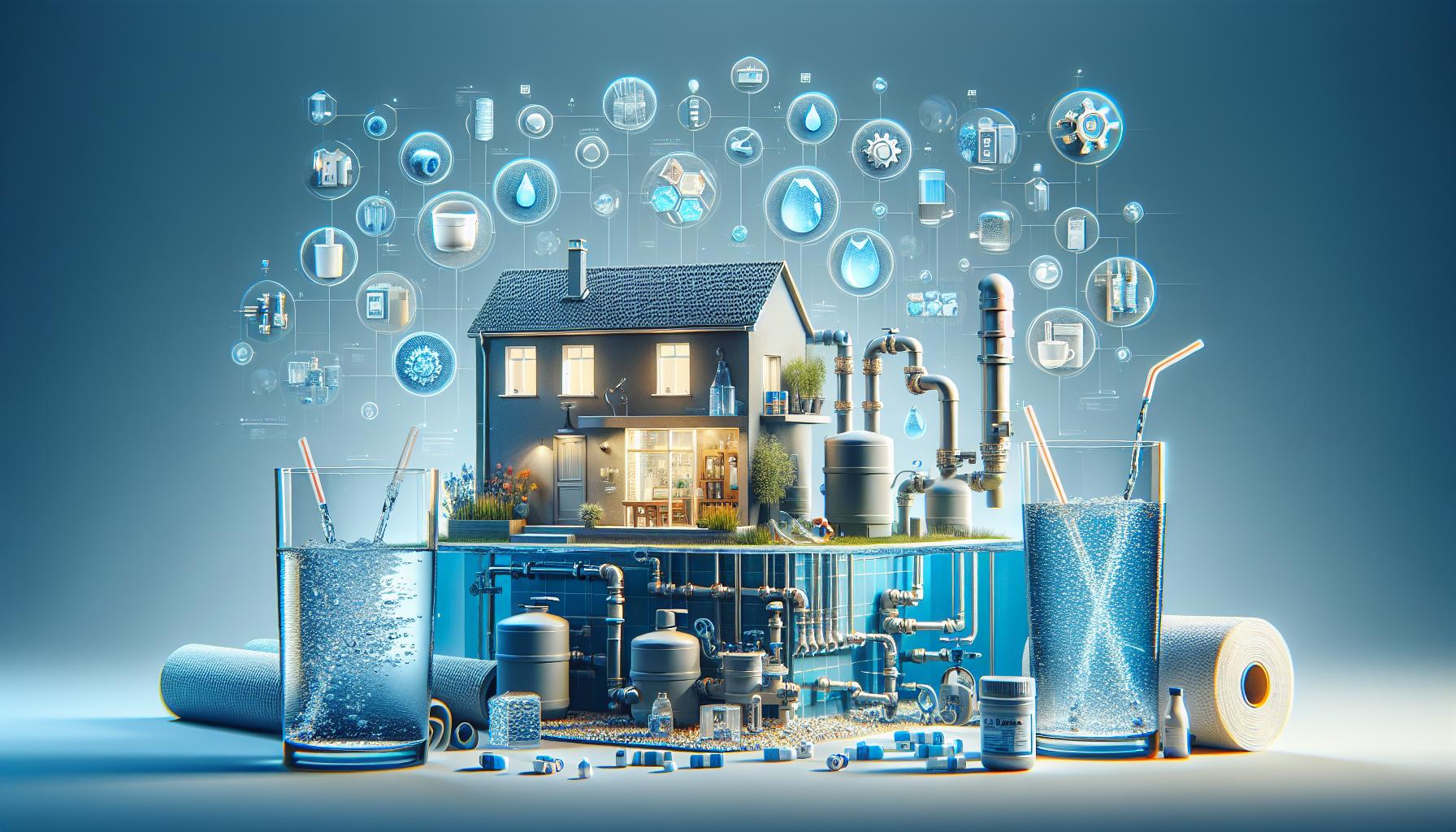
Did you know that toilets can account for almost 30% of the average home’s water usage? When considering strategies to cut your water expenses, it’s essential to address how your toilet habits affect your overall water bill. While the thought of forgoing convenience might seem daunting, there are several effective practices you can adopt to minimize costs without sacrificing comfort.
Make Small Adjustments
One of the easiest ways to reduce your water bill while keeping your toilet functional is to make small adjustments to your habits and fixtures. Here are some practical steps you can incorporate:
- Install a Dual-Flush Toilet: These systems allow you to choose between a full flush for solid waste and a reduced flush for liquid waste, significantly cutting water usage.
- Adjust the Water Level: Lowering the water level in your toilet tank can help eliminate unnecessary flush volume. Just ensure it’s still high enough for effective flushing.
- Fill a Water Bottle: Placing a weighted water bottle in your toilet tank can reduce the flush volume by displacing the water, leading to effective, less wasteful flushing.
- Check for Leaks: Frequent flushing due to leaks adds to your water bill. Regular checks for leaks in the toilet flapper or tank can help maintain efficiency.
Revise Your Flushing Habits
Revising when and how you flush can be as impactful as upgrading your fixtures. Consider these strategies:
- Flush Only When Necessary: Avoid flushing for small scraps of toilet paper or waste. Instead, use a wastebasket where appropriate.
- Practice ‘If It’s Yellow…’: While it sounds like a cliché, letting a urine flush sit can save gallons over time, especially in homes with multiple toilets.
Monitor Your Water Usage
Keeping a close eye on your water usage can reveal patterns and potential waste. Consider utilizing water monitoring devices that will inform you about your consumption habits, allowing you to adjust where needed.
Example: If your monthly water bill spikes unexpectedly, it could signify hidden leaks or inefficiencies, prompting an inspection.
By effectively managing your toilet’s water usage and making conscious alterations to your flushing habits, you can enjoy the convenience of modern sanitation while keeping your water bills in check. In the ongoing discussion about whether flushing the toilet raises your water bill, recognizing the real impacts of such changes on your budget can empower you to make smarter financial decisions.
The Environmental Impact of Toilet Flushing and What You Can Do
Flushing the toilet may seem like a mundane daily activity, but its environmental footprint is substantial. This seemingly simple act contributes significantly to household water consumption, which can lead to increased water bills and strain on local water resources. In fact, toilets account for nearly 30% of an average home’s indoor water use, often leading to questions like, “Does flushing the toilet raise water bill? Real impacts on your budget.” Understanding the environmental impact of toilet flushing allows homeowners to make informed decisions and take actionable steps toward reducing their ecological footprint.
Understanding Water Usage
Each flush can use anywhere from 1.6 gallons (in newer models) to over 3 gallons (in older toilets) of water, which surges costs and places pressure on local water supplies. As communities deal with the challenges of climate change, such as decreased water availability and increased demand during dry spells, every drop counts. If you are concerned about the financial and environmental repercussions of your toilet usage, consider the following strategies to mitigate waste.
How to Reduce Toilet Water Usage
Implementing water-saving practices can lead to significant savings on water bills while benefiting the environment. Here are some practical strategies:
- Upgrade to Water-Efficient Models: Replacing older toilets with EPA-certified WaterSense models can reduce water usage by as much as 20%. These toilets are designed to use only 1.28 gallons per flush.
- Use a Tank Bag: Place a plastic bag filled with water in the toilet tank. This will displace water, reducing the amount used per flush without sacrificing performance.
- Practice Smart Flushing: Only flush when necessary. Instead of flushing for small waste or tissues, consider using a waste bin.
- Check for Leaks: Regularly inspect your toilet and repair any leaks promptly. A small leak can waste hundreds of gallons of water each month.
By taking these steps, you can not only lower your water bill but also contribute to a more sustainable environment—an essential goal as climate change continues to impact global water resources. Transitioning to conscious flushing habits can lead to significant financial savings and a healthier planet.
Innovative Technologies: Making Toilets More Efficient for Savings
Did you know that toilets account for nearly 30% of the average home’s indoor water use? With rising water costs, the question often arises: Does flushing the toilet raise the water bill? Innovative technologies are transforming the humble toilet into a powerhouse of efficiency, leading not only to savings on water bills but also to a more sustainable future.
Water-Efficient Toilet Models
Modern toilets are now designed with water conservation in mind, utilizing advanced flushing mechanisms to reduce water consumption without sacrificing performance. Low-flow toilet models are built to use approximately 1.6 gallons per flush (gpf) compared to older models that can use up to 3.5 gpf or more. Dual-flush toilets offer even more customization by providing two flush options: a low-volume flush for liquid waste and a full-volume flush for solid waste. This technology can lead to significant annual savings.
Consider this small investment:
| Toilet Type | Gallons per Flush (gpf) | Annual Flushes (Estimated) | Water Used Annually (Gallons) | Estimated Annual Cost |
|---|---|---|---|---|
| Traditional Toilet | 3.5 | 18,000 | 63,000 | $189 |
| Low-Flow Toilet | 1.6 | 18,000 | 28,800 | $86.40 |
| Dual-Flush Toilet | 1.1/1.6 | 18,000 | 30,600 | $91.80 |
As this table demonstrates, switching to a low-flow or dual-flush toilet can lead to considerable savings on your water bill, effectively answering the question of does flushing the toilet raise your water bill? in a more affordable context.
Smart Toilet Innovations
Emerging technological innovations breathe new life into toilet design. Smart toilets equipped with sensors can automatically adjust the volume of water used based on the type of waste eliminated. Features like eco-settings and self-cleaning mechanisms further enhance their efficiency. Some models even connect to your home’s water monitoring system, alerting you to potential issues before they escalate into costly repairs.
Investing in a high-efficiency toilet not only cuts costs but also promotes environmental sustainability, meaning your savings can be multidimensional. Many local governments offer rebates for upgrading to water-efficient fixtures, making the transition both financially savvy and environmentally responsible.
By understanding the different types of innovative toilets available and their impact on your budget, you can make informed decisions that will keep your water bill in check. Whether you’re aiming for practicality or seeking out the latest in restroom technology, there’s a water-efficient solution that suits your needs perfectly.
Recognizing Leaks: How They Affect Your Water Bill and Solutions to Fix Them
Water leaks in your home can quietly wreak havoc on your budget, often going unnoticed until they reveal themselves through skyrocketing water bills. According to the U.S. Environmental Protection Agency, household leaks can waste nearly 1 trillion gallons of water annually across the United States. This not only affects your wallet but also places unnecessary strain on local water supplies, making leak detection and repair essential for both economic and environmental protection.
Identifying Common Sources of Leaks
To effectively manage your water expenses, understanding where leaks typically occur in your plumbing system is crucial. Common leak sources include:
- Toilets: One of the biggest culprits, as they can leak silently and may increase water usage without you even realizing it.
- Faucets and Sinks: Dripping faucets may seem minor, but they can add up to gallons of wasted water and increased bills.
- Bath and Shower Fixtures: Leaks in showerheads and bathtub faucets can also contribute significantly to water waste.
- Outdoor Hoses and Irrigation Systems: These are often overlooked yet can lead to significant water loss when not properly maintained.
The Impact on Your Bills
When it comes to your water bill, even small leaks can lead to considerable costs. For example, a leaky toilet can waste anywhere from 30 to 500 gallons of water per day, depending on the severity. An average household with multiple leaks may find their monthly water bills increase by 10-15% or more, affecting overall budget management.
Here’s a quick look at potential costs associated with common leaks:
| Leak Type | Average Water Waste (Gallons/Day) | Estimated Monthly Cost Increase |
|---|---|---|
| Toilet Leak | 30-500 | $5-$15 |
| Faucet Drip | 3,000 (from a single drip per second) | $50 |
| Showerhead Leak | 500 | $10 |
| Outdoor Hose Leak | 100 | $2 |
Solutions to Address Leaks
To combat the financial and environmental impact of leaks, take proactive measures:
- Install Water Leak Detectors: These devices can alert you to leaks before they become major problems.
- Regular Maintenance: Schedule routine inspections for your plumbing system to catch leaks early.
- DIY Repairs: Many leaks can be fixed with simple tools and supplies. Replacing a washer in a leaky faucet or using a dye test to detect toilet leaks can save significant costs.
- Consult a Professional: For complex plumbing issues, engaging a licensed plumber provides peace of mind and ensures all leaks are addressed correctly.
By recognizing leaks and understanding their financial implications, homeowners can take manageable steps toward reducing their water bills, putting the focus back on effective waste management and financial sustainability.
Frequently Asked Questions
Does flushing the toilet raise water bill?
Yes, flushing the toilet can raise your water bill, particularly if it is an older model that uses more water per flush. The average toilet uses about 1.6 gallons per flush, contributing significantly to your monthly water usage.
On average, if you flush the toilet about five times a day, that can add up to approximately 240 gallons of water each month. With water bills varying by location, the cost can become quite noticeable over time. To reduce expenses, consider using a low-flow toilet or implementing water-saving devices.
What is the average water usage from toilet flushing?
The average toilet uses around 1.6 gallons per flush. If you flush multiple times daily, this can greatly impact your total water consumption.
If you flush your toilet five times a day, as many families do, that’s an estimated 240 gallons a month. This highlights the importance of understanding your toilet’s water usage and making informed choices to manage your overall budget. For tips on reducing water use, check out our guide on reducing your water bill.
Why does flushing the toilet impact your budget?
Flushing the toilet impacts your budget because it accounts for a significant portion of your indoor water usage. Higher water usage directly correlates with higher water bills.
Each flush not only contributes to your overall water consumption but can also trigger tiered pricing in some water districts, where rates increase with usage. Being aware of your toilet’s efficiency can help you find ways to cut costs without sacrificing convenience.
Can I reduce my water bill by changing my toilet?
Yes, replacing an old toilet with a more efficient, low-flow model can significantly reduce your water bill.
Modern low-flow toilets use about 1.28 gallons per flush compared to older models. By making this upgrade, you can save a substantial amount on your monthly bill, especially if your household flushes frequently. Look for WaterSense labeled products that are designed to save water.
What are some other ways to save water in the bathroom?
In addition to using a low-flow toilet, there are several methods to save water in the bathroom. These include installing low-flow showerheads and faucets, and fixing leaks promptly.
Be mindful of how long you spend in the shower, as reducing shower time by just a few minutes can lead to additional savings. Implementing these habits can dramatically improve your water efficiency and may help offset the costs associated with flushing the toilet.
Does toilet flushing affect all households equally?
No, toilet flushing does not affect all households equally. Factors like family size, number of bathrooms, and toilet type play roles in water consumption.
For instance, a large family with multiple bathrooms will generally have higher flushing frequency compared to a single-person household. Understanding your household’s specific usage can empower you to identify potential savings in your overall water bill.
How much can I expect to save by improving toilet efficiency?
Improving toilet efficiency can save households anywhere from $30 to $100 yearly on water bills, depending on usage patterns and local water rates.
For example, switching to a high-efficiency toilet can reduce flushing water usage. The more conscious you are of flushing habits, the more potential savings you can unlock. Consider evaluating your water bill and comparing it after implementing these changes to see the real impacts on your budget.
The Conclusion
In conclusion, understanding the impact of flushing the toilet on your water bill is crucial for managing your household budget. Each flush consumes water, and those costs can add up, especially if you have an older toilet model. By considering water-saving techniques, such as installing low-flow toilets or adjusting your flushing habits, you can reduce water usage and lower your monthly bills. Remember, small changes can make a significant difference over time. We encourage you to explore further water conservation strategies and take proactive steps to ensure your water expenses remain manageable. For more tips and insights on conserving water and managing costs effectively, continue your journey with us!




